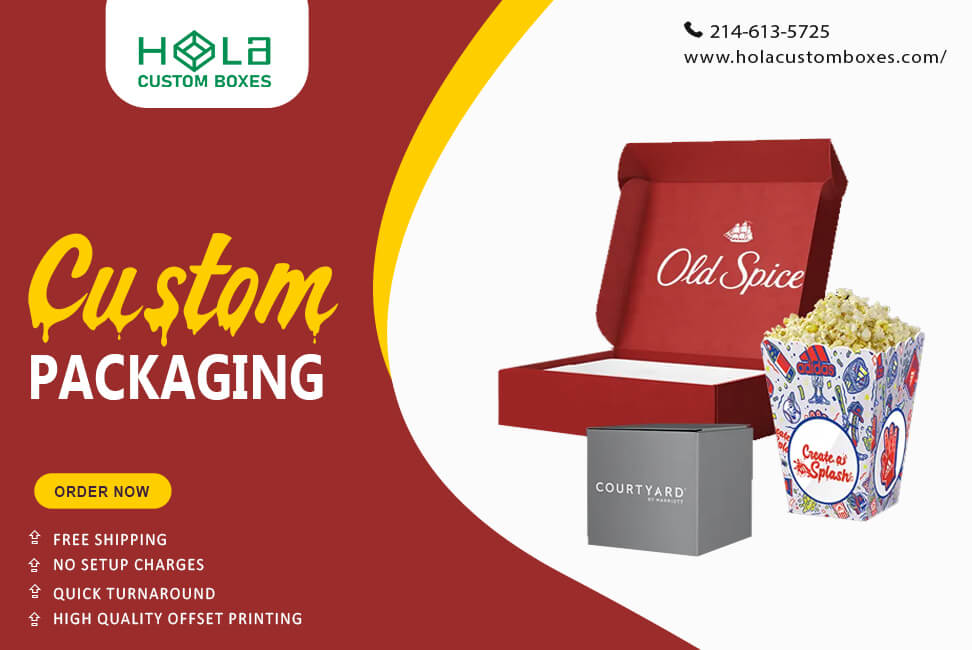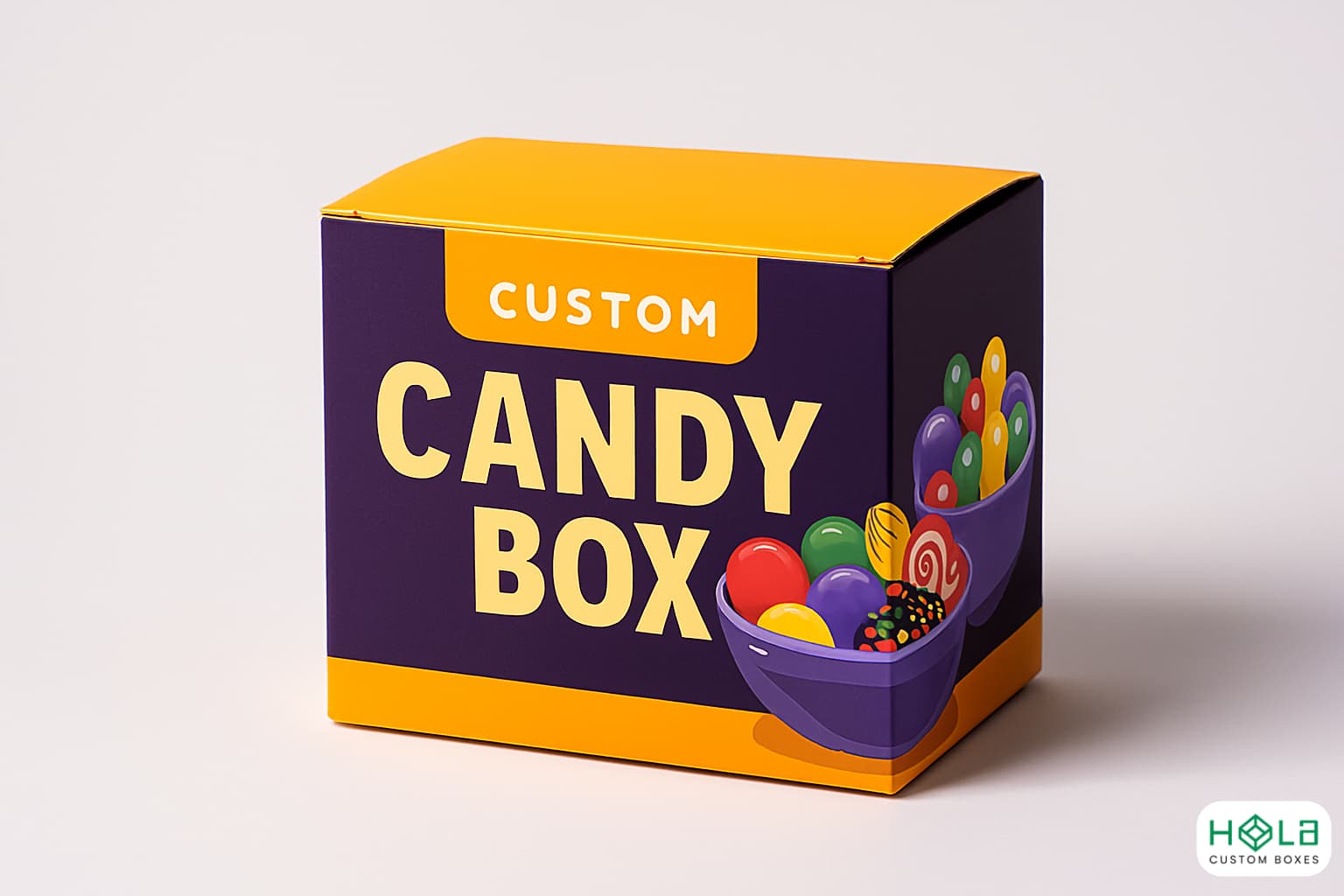Unleashing The Power Of Flexographic Printing
2025-12-10 10:34:13
Flexographic printing, like a modern letterpress method, can unleash creativity and efficiency in the printing industry. This versatile printing option has evolved with the integration of digital technology and sustainability improvements, making it an attractive choice for a wide range of substrates, including plastic, paper, metals, films, and cellophane.
The process involves image preparation, plate making, mounting, printing, and finishing, enabling the incorporation of special finishes such as embossing, debossing, die-cutting, foil stamping, and UV coating. With the ability to print on different substrates, use a wide variety of inks, and print large quantities, flexographic printing offers advantages such as versatility and cost-effectiveness. However, it has limitations for creating intricate artwork and can be costly in terms of equipment and materials.
To minimize its environmental impact, eco-friendly practices can be implemented. Overall, flexographic printing is a powerful tool that combines technical expertise with creative possibilities, revolutionizing the printing industry.
Key Takeaways
- Flexographic printing is a modern letterpress method that can print on a wide range of substrates, including plastic, paper, metal, film, and cellophane.
- The integration of digital technology has made the printing process more efficient, resulting in faster turnaround times and higher accuracy.
- Flexographic printing allows for the incorporation of special finishes such as embossing, debossing, die-cutting, foil stamping, and UV coating.
- Flexographic printing offers advantages such as the ability to print on various substrates, the use of a wide variety of inks, the flexibility to print millions of impressions, and cost-effectiveness.
Understanding Flexographic Printing Technology
Flexographic printing is a modern evolution of traditional letterpress printing that combines digital advancements with eco-friendly practices. This method is highly versatile, capable of printing on a wide range of substrates, including paper, plastic, metal, film, and cellophane. It also supports various ink types, enabling vibrant, visually appealing designs. Thanks to its adaptability, flexographic printing is widely used across industries for packaging, labels, and other high-demand printed materials.
High-Volume Efficiency with Elegant Finishes

One of the standout features of flexographic printing is its ability to handle large-scale production with speed and efficiency, making it ideal for printing millions of impressions. In addition to volume, it offers aesthetic flexibility by enabling the integration of special finishes such as embossing, debossing, foil stamping, die-cutting, and UV coatings. These enhancements elevate the appearance of printed products, providing both sophistication and functionality. Flexographic printing remains a preferred solution for businesses seeking cost-effective, high-quality results across a range of materials.
Advantages and Process Of Flexographic Printing
One advantage of this printing method is its ability to print on a wide range of substrates, offering versatility in material choices. Flexographic printing finds numerous applications across various industries, including packaging, labels, newspapers, corrugated boxes, and flexible packaging.
The process involves image preparation, flexible plate making, mounting, printing, and finishing. It offers several benefits such as cost-effectiveness, the flexibility to print millions of impressions, and the utilization of a wide variety of inks. Additionally, sustainability in flexographic printing has gained significance with the use of eco-friendly inks and solvent-based inks.
This printing method also allows the incorporation of special finishes such as embossing, debossing, die-cutting, foil stamping, and UV coating.
Overall, flexographic printing offers a versatile, sustainable solution for a wide range of printing needs.
Design Considerations For Flexographic Printing
Design considerations play a pivotal role in harnessing the creative potential of flexographic printing, enabling seamless integration of packaging materials, precise placement of text and numbers, and intricate artwork to captivate the target audience.
Design principles in flexographic printing involve understanding the capabilities and limitations of the printing process and the desired outcome. Packaging considerations are crucial as they determine the functionality, aesthetics, and appeal of the final product.
Factors such as substrate selection, color management, font choice, image resolution, and layout design all contribute to the success of the printed piece. Attention to detail is essential to ensure the design is accurately transferred to the substrate.
By considering these design principles and packaging considerations, flexographic printing can unleash its full potential and deliver visually stunning and practical results.
Frequently Asked Questions
How does flexographic printing compare to other printing methods, such as digital printing or offset printing?
Flexographic printing offers advantages over offset printing, such as the ability to print on a broader range of substrates and use a variety of inks. However, it has limitations in creating intricate artwork and lacks short-run capabilities compared to digital printing.
Can flexographic printing be used for printing on non-flat surfaces, such as cylindrical containers or 3D objects?
Flexographic printing can be used on non-flat surfaces, making it suitable for cylindrical containers and 3D objects. Its advantages for packaging applications include the ability to print on various substrates and to apply special finishes such as embossing and UV coating.
What are the key factors to consider when selecting the appropriate ink for flexographic printing?
Factors to consider when selecting ink for flexographic printing include substrate compatibility, desired print quality, drying time, ink adhesion, color fastness, and environmental impact. Proper ink selection ensures optimal printing results and meets specific requirements.
Are there any specific maintenance or cleaning requirements for flexographic printing equipment?
Flexographic printing maintenance tips include regular cleaning of equipment to ensure optimal performance. Cleaning techniques for flexographic printing equipment involve using specialized solvents and brushes to remove ink residue and debris. Proper maintenance helps prevent downtime and extends equipment lifespan.
How does flexographic printing contribute to packaging sustainability efforts, and what steps can be taken to reduce its environmental impact further?
Flexographic printing contributes to packaging sustainability efforts by using eco-friendly inks, waste reduction, recycling programs, energy-efficient practices, and water conservation. Further reducing its environmental impact can be achieved through continuous research and development of more sustainable materials and processes.
